These days, the only time most people will hear a record scratch is through a pair of headphones. The only singing voices most people are used to are auto-tuned and clear of any imperfections. In a digital time when mainstream music is highly computerized and structured specifically for fame and financial gain, physical, more authentic music is receiving less recognition. In a time of short attention spans and quick dopamine, music is following along with many other types of entertainment in becoming as tightly packaged as possible to appeal to an impatient audience. Though still present, hard-copy formats of music such as records and CDs are becoming obsolete due to this trend— and though Austin remains the live music capital of the world—it may be difficult to retain this title if these physical music mediums die out entirely.
The biggest issue I have with the modern music industry is how it essentially incentivizes artists to make quick cash-grab songs that will have their 15 minutes of fame on TikTok and never be seen or heard again. This business model has also led to the structure of having music always accompany a visual, with constant influx of music videos and social media rends flooding into the eyes of millions of viewers who have gotten used to music being presented in this way. Creativity in both music and these visuals has been limited even more by the constrained time that these viewers are willing to spend on any given video before they move onto the next. Every week there is a new top hit, each with a slowed-down
version, a sped-up version and a remix. The total socialization of the modern era has linked pop culture, including music, with the approval and enjoyment of users on platforms that are known for toxicity and hatred.
There are surely some advantages to digital music, especially surrounding its convenience and availability. I am not going to deny that I use my Spotify account religiously. In one second, I can pick any song from among over 100 million the service offers and stream it with perfectly clear audio immediately, which would be luxuries for a music lover 30 years ago. I definitely love being able to hear almost any song I want whenever I want, without having to get out a vinyl record,
clean it and place the needle of the record player in the precise groove so the song doesn’t start too early. And where your typical new CD from Waterloo Records might cost you maybe $12 for one album, you can pay Spotify that $12 once a month to hear almost any album you’ve ever heard of. But streaming services have made pure music listening too individualized while one of the greatest aspects of music, and in fact possibly its purpose, is its ability to bring people together.
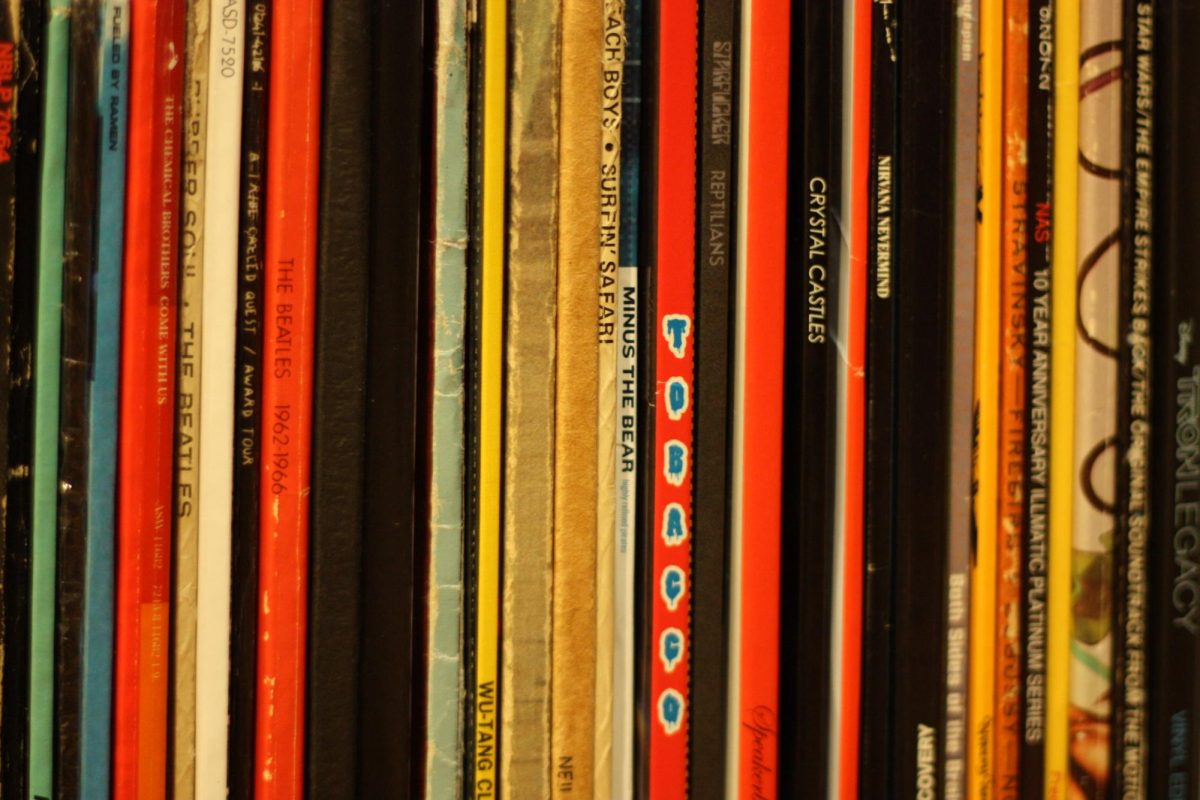
I think part of the reason I’ve come to love physical music is because my family has always lived a little bit analog, or at least a few years behind the technological curve. The manual-transmission car I drive to school and to work every day has none of the music-playing capabilities of a modern car. Where in most new cars you can find all kinds of touchscreen iPhone-compatible entertainment systems, my Honda Accord has a humble radio and CD player. My sister had to buy a Bluetooth converter to play Spotify when she drove the Accord, and I inherited her not-so-high-tech sound setup when I inherited the car.
And to be fair, it’s mostly the Bluetooth that I use. But sometimes I’ll pop in a CD–whether it be Pearl Jam, Smashing Pumpkins or the mixtape my friend burned for me on a floppy disk in freshman year, and I get a special sense of nostalgia for past years of my life as well as a connection to whoever gave me the CD or introduced me to the album that I wouldn’t have gotten from a two-second, almost thoughtless tap of a phone.
Past CDs, my dad has always been an influence on my listening habits, and this is no different for records. If anything, it’s
compounded for records. My dad owns over 100 records as well as two record players, and I was inspired starting in sophomore year to purchase my own. The first album I ever bought on vinyl was To Pimp A Butterfly by Kendrick Lamar.
It’s a special kind of feeling to have loved an album for a long time, and to be able not only to hear it but to hold it in your own hands, knowing that you bought it with your own money. Since then I have built up my collection. I now own 18 records. The biggest reason I love owning vinyl, besides the sound quality, is that it’s specifically meant to be played out loud—you wouldn’t play it unless you were hearing it with someone else, or unless you were home alone and belting out the lyrics of the song to an empty house. Another reason that records are such an interesting music medium is that they
require a lot of interaction from the listener. If you were shuffling an Apple Music playlist through your AirPods, every song comes on randomly and can be skipped by just two taps on one of the earbuds, but when playing a record, the songs come in the same order every time, and if you want to skip a song, you have to take the time to carefully lift the needle, stop the record rotation, move the needle over, start the record again and lower the needle once more. There is so much more thought and painstaking detail that goes into playing records: operating the needle with a gentle touch so as not to accidentally damage record or player, carefully cleaning the grooves of a record before playing it so it doesn’t skip and placing the vinyl slowly back into its sleeve.
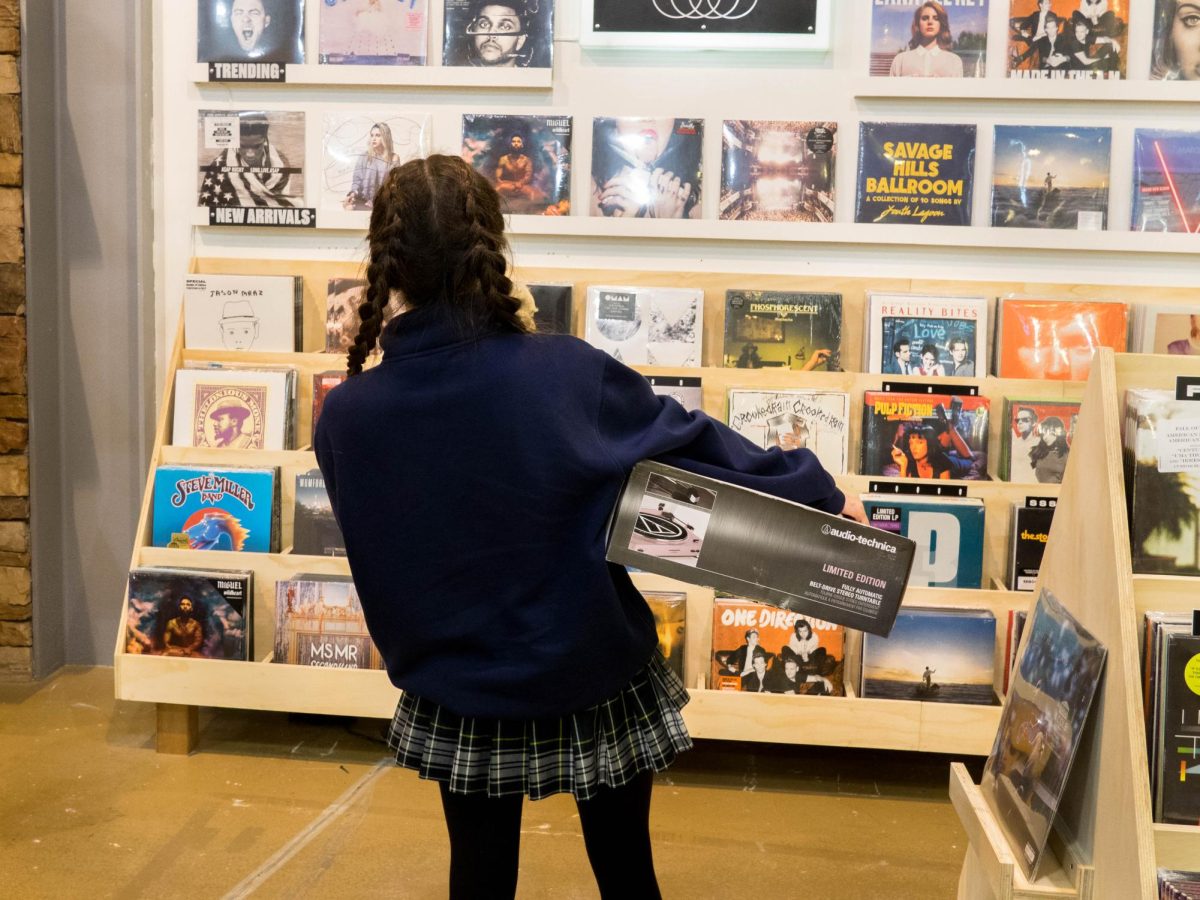
Records are almost like a sacred item in my household, as they have to be handled with extreme care, and they also become very personal to the individual user, as you become accustomed to the specific order of each song on an album, how many songs are on each side of the record and where the record is most likely to skip. All of the time and energy that it takes to even own and play records causes the user to slow down and really listen to the music being played. The convenience of modern streaming capabilities has diluted music’s meaning, as it has become background noise to every task that needs to be done because it’s so easy to just put on a song and forget about it, instead of the way music was intended to be heard, with full attention.
All of this is not to say that I don’t myself utilize my own AirPods and Bluetooth and streaming services often, if not most of the time. And my bias also may be because I simply find most things old and obsolete to be charming. I still hold some sense of pride in my dad’s iPod Nano that our family took on road trips for years when I was a kid, as it seems like old and less convenient tech to me now, though I’m sure when the Nano was released that many people felt about it the way that I feel about streaming services now. Time is relative, and before long, there will be something even more revolutionary that will change the way people listen to music. But while vinyl and CDs are still around, I would encourage everyone to explore these music mediums if they can. Sometimes these formats are harder to find or less affordable, but there are still many ways to obtain them, and as the live music capital of the world, Austin has several local stores to purchase them cheaply. We take music and the ability to play it in an instant too much for granted, and except for that one time last year where you forgot to bring your headphones to school, there’s not many times when we are forced to remember that. Listening to music in a physical format even every now and then will help you feel better connected to the music and to people around you, and will make the listening experience all the more unique.


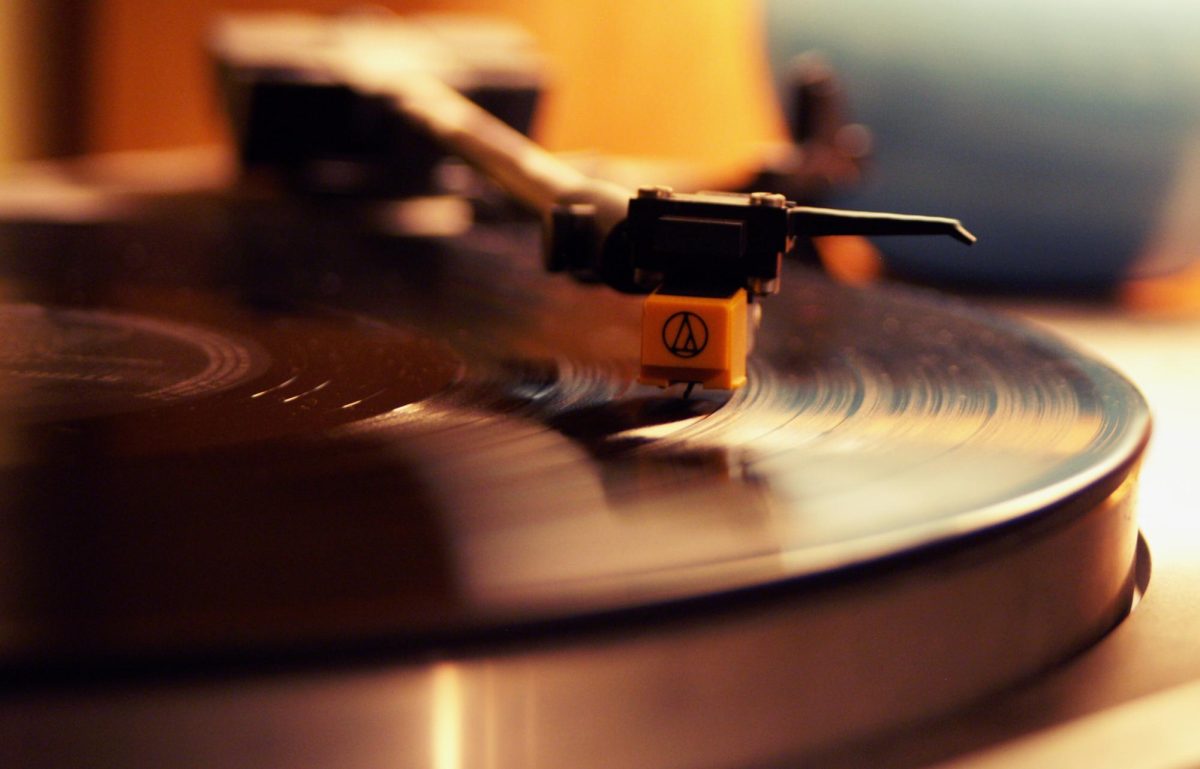
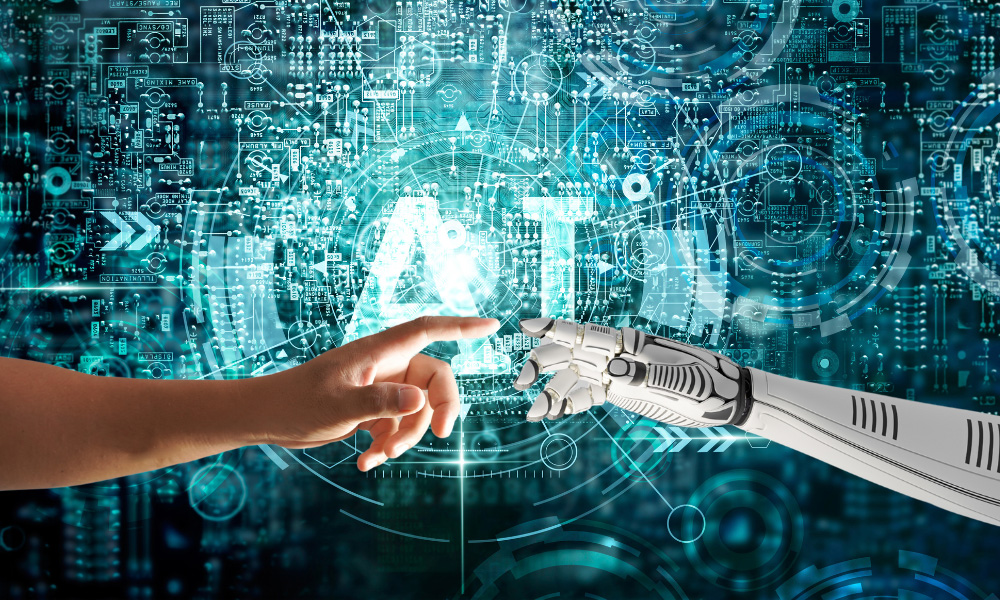


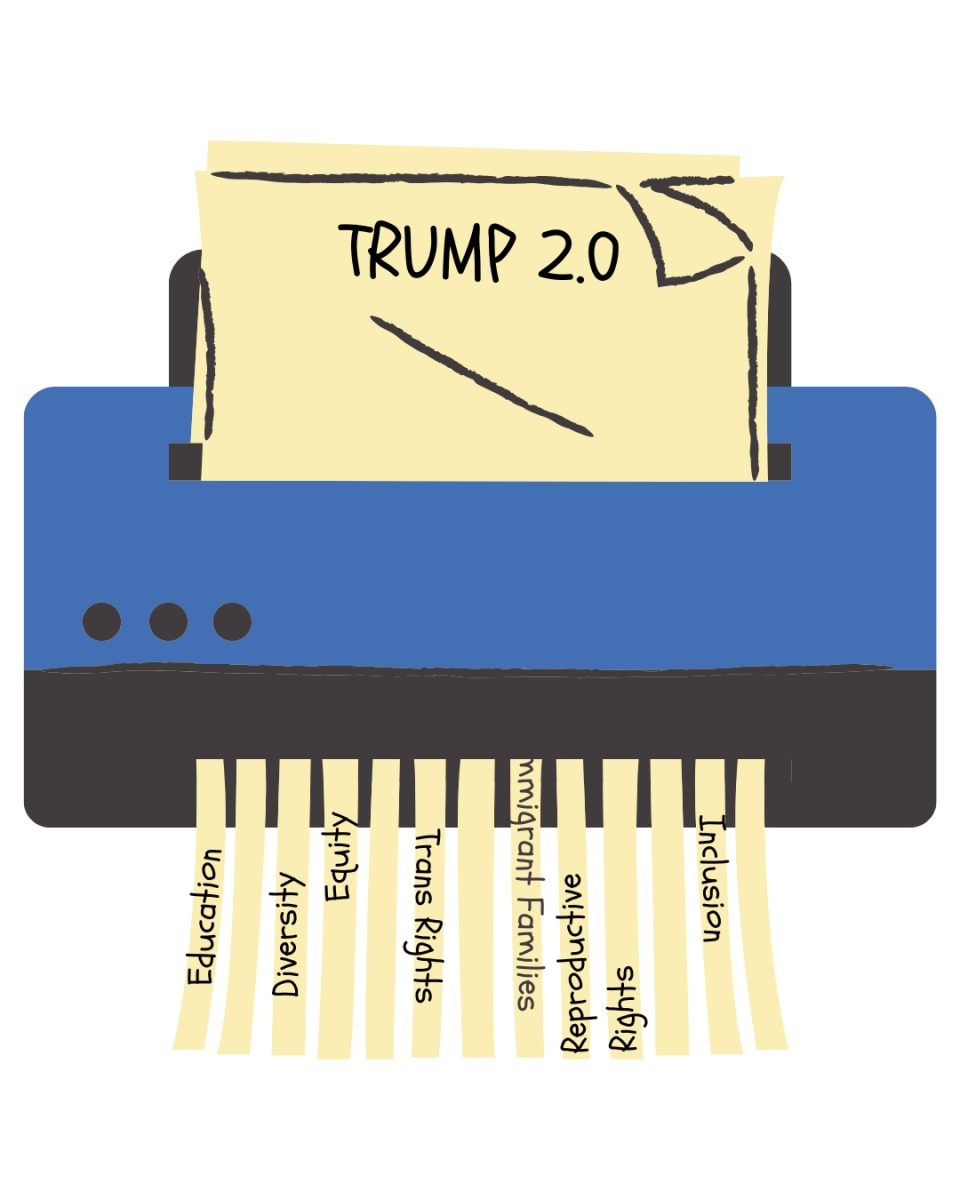
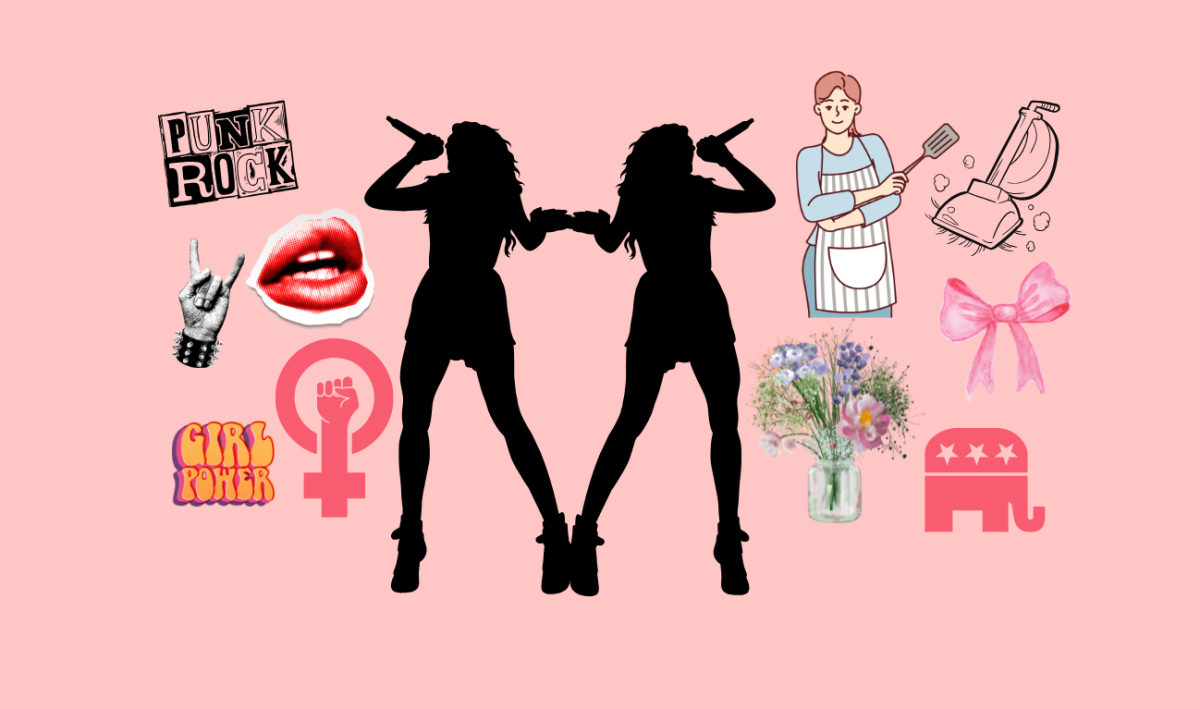
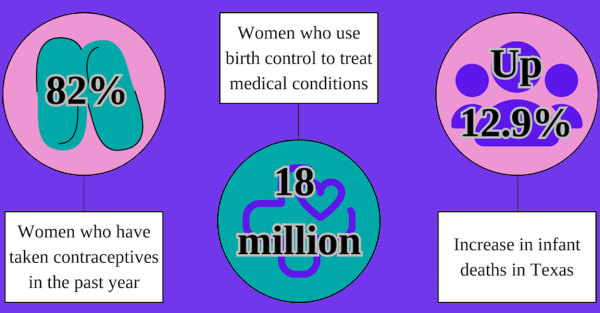
Wren V • May 22, 2025 at 9:57 pm
yay some vinyl representation!!! collecting is probably my biggest and most expensive hobby but very lovely article!